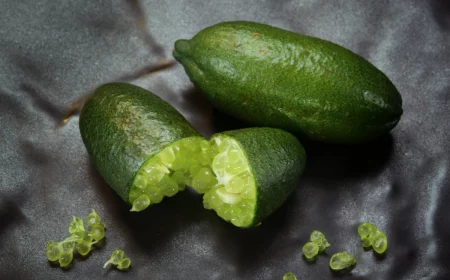Keeping Pink Plants Pink: Your Guide to Vibrant, Healthy Foliage
I’ve been playing in the dirt with plants for what feels like a lifetime—well over two decades, anyway. My whole adventure kicked off in a tiny apartment with a single, frankly miserable-looking spider plant. Fast forward to today, and I’m running a small greenhouse, growing and selling some really special plants. And through all that time, one type of plant consistently makes people stop and stare: the pink ones.
In this article
They just pop. In a room full of green, a splash of pink brings this incredible warmth and personality. But here’s the catch—and it’s a big one—they have their own set of rules. So many people, and I’ve been there too, buy a stunning pink plant from a nursery, only to watch its gorgeous color slowly fade to a sad, muddy green. It’s easy to think you did something wrong, but honestly, it’s usually just a simple misunderstanding of what that plant needs to stay pink.
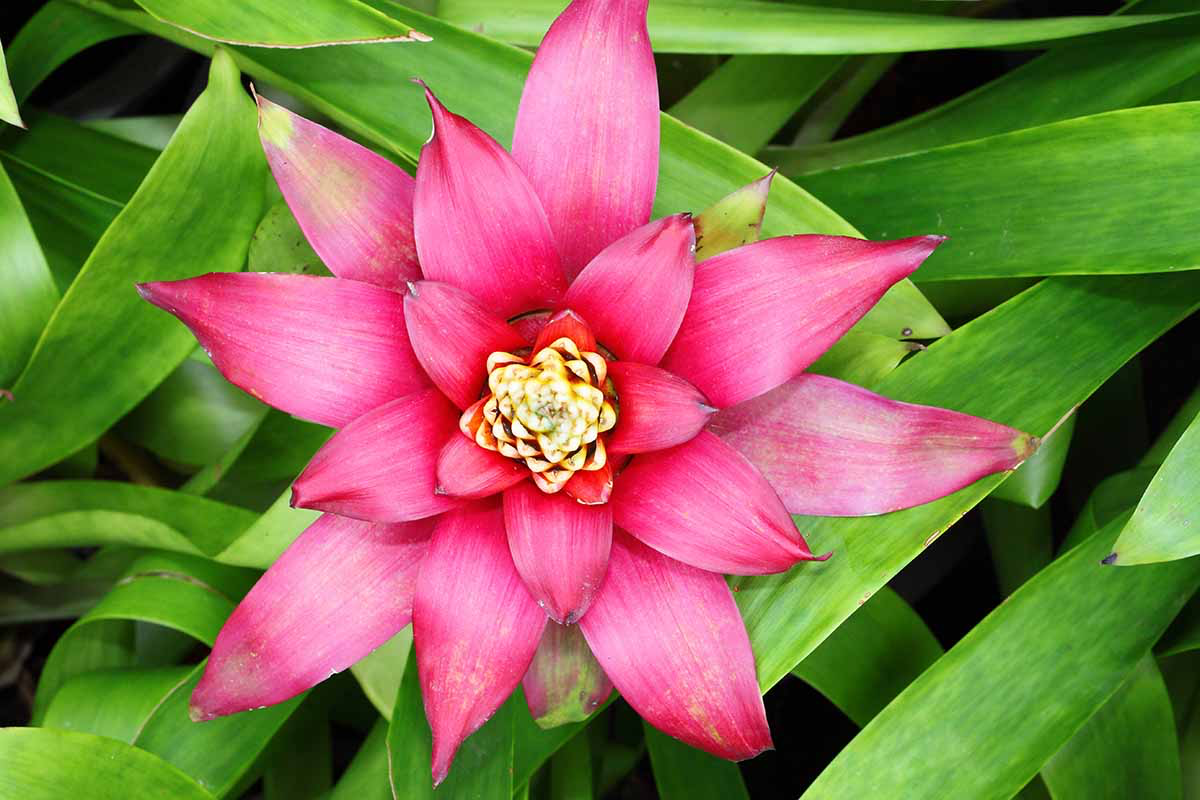
This isn’t just going to be another slideshow of pretty plants. My goal here is to pass along the hard-won lessons from my own hands-on experience. I want to get into the ‘why’ of it all. Because once you understand why a plant is pink and what it needs to maintain that color, you’re not just following instructions anymore—you’re actually solving problems before they even start. We’ll cover the basic science (the fun parts, I promise), the right soil foundation, and the nitty-gritty care for the most popular varieties out there.
Why Are My Plant’s Leaves Pink, Anyway?
Before we even think about soil or water, let’s talk biology. It’s not paint, it’s chemistry, and getting a handle on the basics will instantly make you a better plant parent. Seriously, once this clicks for people, their success rate with these colorful plants skyrockets.
The Green vs. Pink Balancing Act
Every green leaf on the planet is packed with a pigment called chlorophyll. Its main job is to soak up sunlight and turn it into food, a process we all learned about in school called photosynthesis. Chlorophyll is survival, and it’s what makes plants look green.
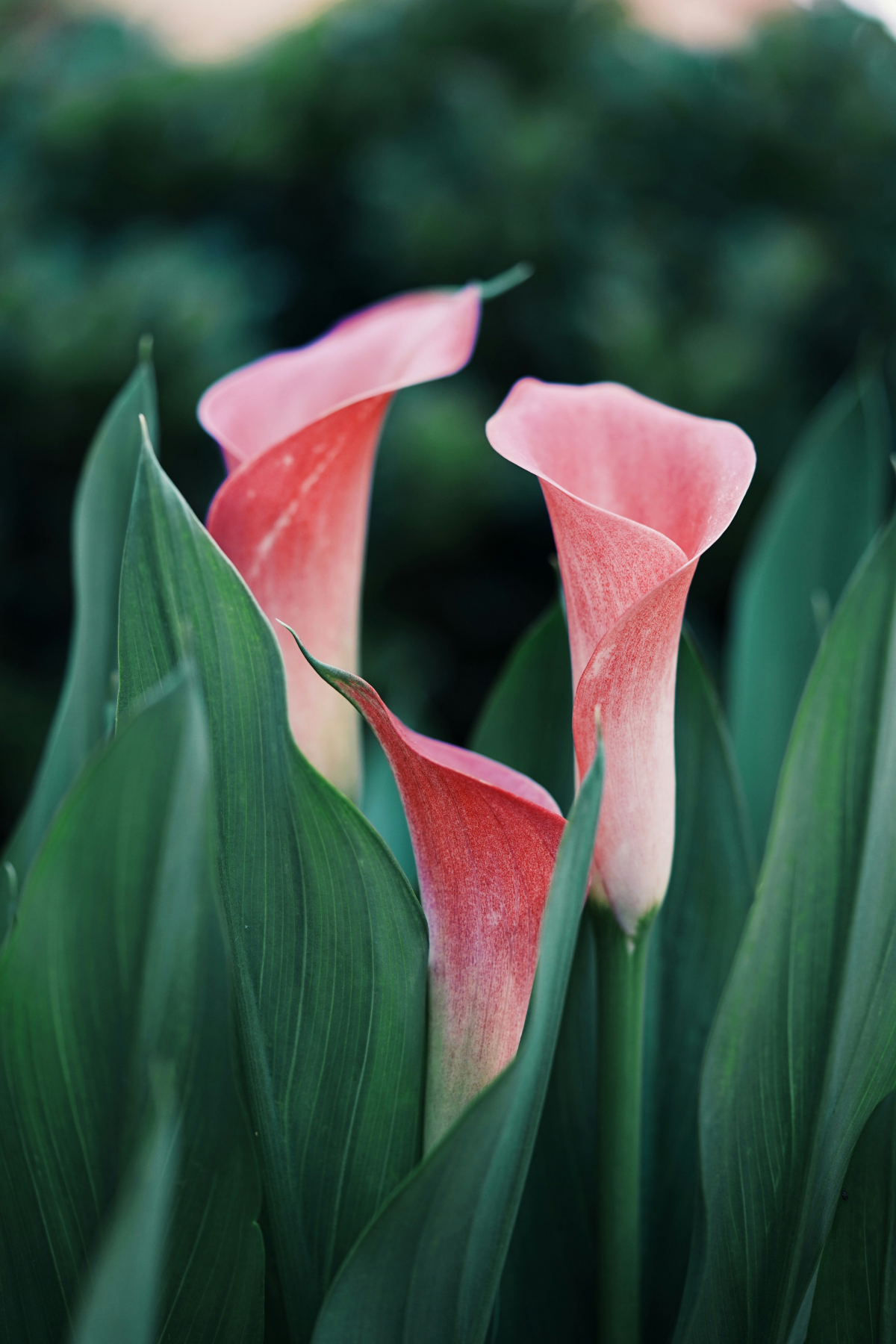
The pinks, reds, and purples? Those come from a whole different set of pigments called anthocyanins. Think of these as the plant’s natural sunscreen. Plants often produce more of these pigments to shield their delicate cells from getting scorched by intense light. The final color you see on a leaf is just the result of the ratio between these two. A leaf with tons of chlorophyll and just a little anthocyanin will be green. A leaf with a strong mix of both might look kind of bronze or brownish. But a leaf with lots of anthocyanins and less chlorophyll? That’s when you get those stunning, vibrant pinks.
This is precisely why light is so crucial. In a dim corner, your plant will go into survival mode and crank out more chlorophyll to capture every last bit of available light energy. In that process, the green simply overpowers the pink. Your job is to find that sweet spot: enough bright light to keep the pinks showing, but not so much direct sun that the plant gets stressed and scorched.
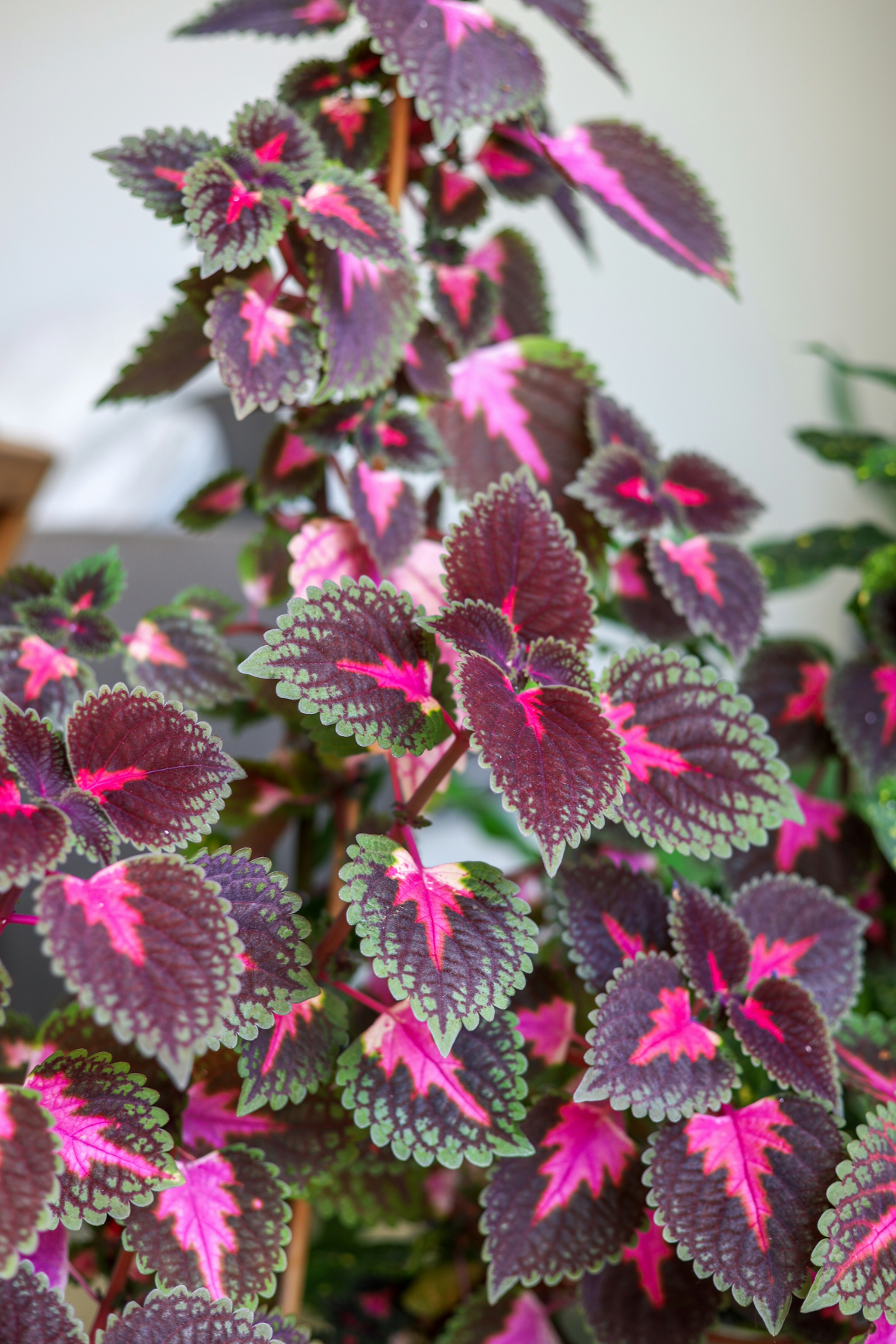
Good to know: Some plants have their color baked into their DNA (genetic variegation), while others blush pink in response to their environment. A plant with genetic pink, like a Pink Princess Philodendron, has patches of cells that just can’t make chlorophyll. Other plants, especially succulents, turn pink as a stress response to bright light or cool temps. It’s key to know which you have, because you definitely don’t want to be intentionally stressing a tropical plant that isn’t built for it!
Setting Up for Success: The Right Foundation
I’ve seen so many beautiful plants start to fail the moment they get home, and it almost always comes down to the soil. Having the right environment ready before you even buy the plant is a total game-changer.
My Go-To ‘Chunky’ Soil Mix
Most of the trendy pink plants you see everywhere are aroids, and they need a soil mix that’s chunky, airy, and drains super fast. That standard bag of potting mix from the big-box store is usually too dense. It holds onto water for too long and can lead to the dreaded root rot. Mixing your own is cheaper in the long run and gives you perfect results. Here’s my tried-and-true recipe:
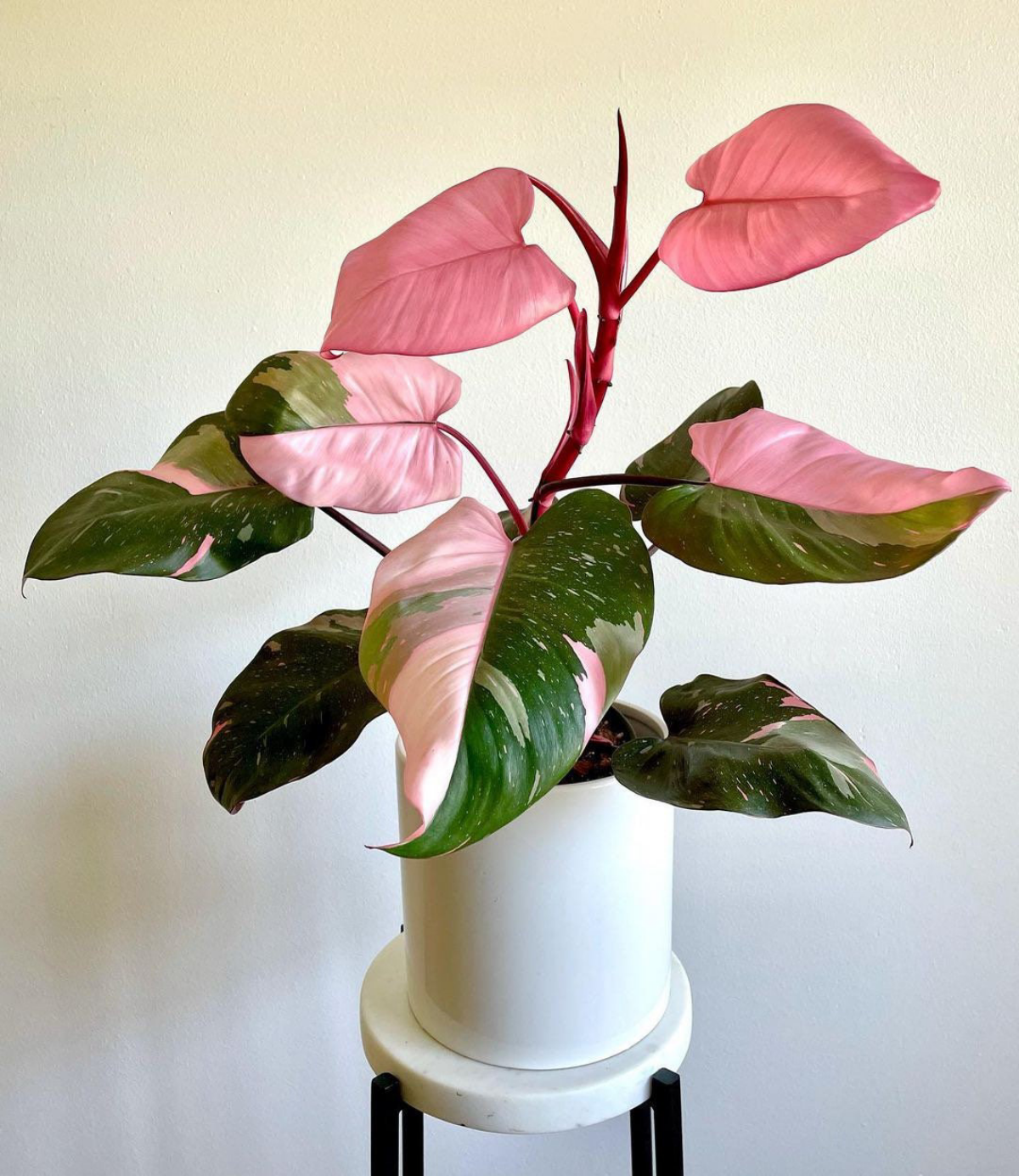
- 2 parts coco coir or peat moss: This is the base that holds onto a bit of moisture and nutrients. By the way, a lot of growers are moving to coco coir because it’s a more sustainable resource and re-wets more easily if you let it dry out completely. Peat is classic, but can be a pain to rehydrate.
- 2 parts orchid bark (small or medium grade): This is the magic ingredient! It creates big air pockets that let the roots breathe. A bag will run you about $10-$15 at a hardware store or nursery.
- 1 part perlite or pumice: These little white rocks keep the mix from compacting and ensure water drains right through.
- 1/2 part horticultural charcoal: This is optional, but I love it. It helps keep the soil from getting sour and can absorb impurities.
Just toss it all together in a big bucket or tub. When you grab a handful, it should feel like a damp sponge that crumbles apart easily. That’s the good stuff.
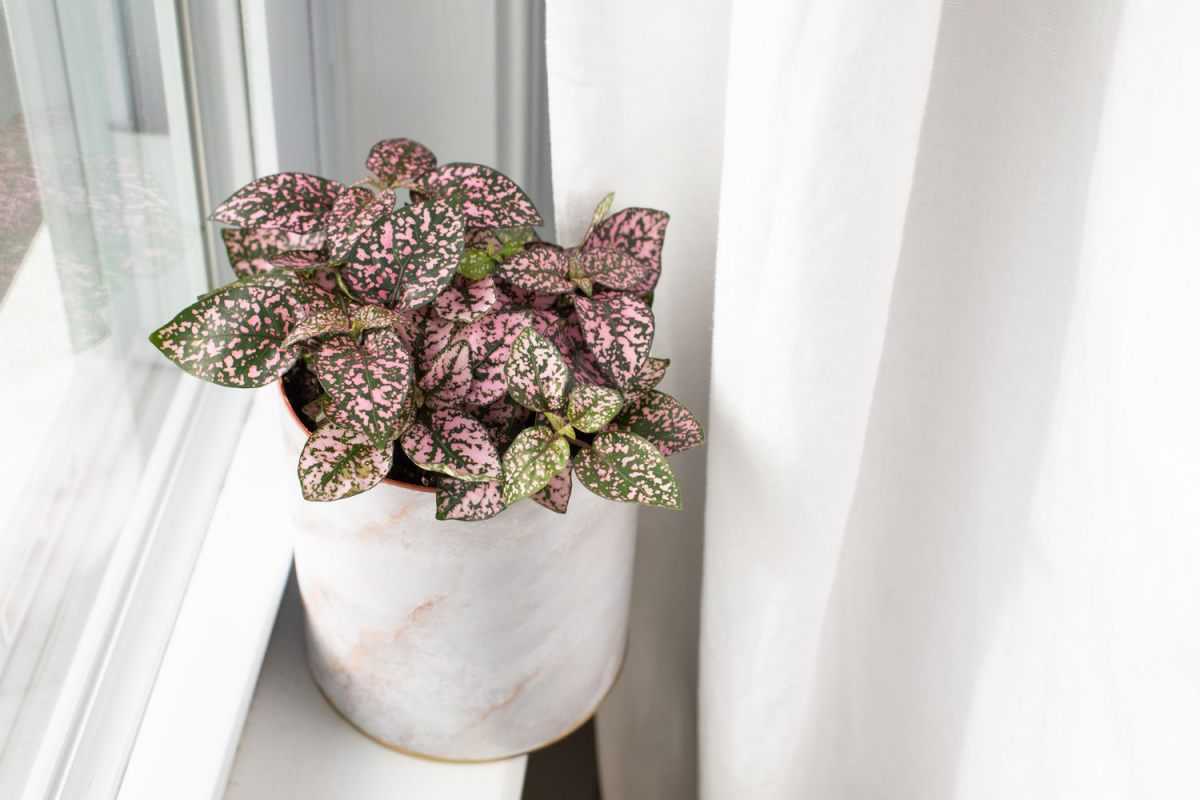
The Only Tools You Really Need
You don’t need a bunch of fancy gadgets. Honestly, these are the tools I reach for every day:
- A watering can with a narrow spout: This lets you aim the water directly at the soil, not the leaves. Wet foliage is a big no-no for plants like Begonias, as it invites fungal issues.
- Sharp, clean pruners: A clean cut heals faster and prevents disease. Quick tip: I keep a small bottle of rubbing alcohol with my tools and give the blades a quick wipe between plants.
- Your finger: A moisture meter can be a helpful learning tool for beginners (they’re about $15 online), but your finger is free and, with practice, just as accurate. You’ll eventually learn to judge by the weight of the pot, too.
- The right pot: This is non-negotiable. Always, always, always use a pot with drainage holes. Terra cotta is awesome for plants that like to dry out between waterings, while plastic or glazed ceramic holds moisture for longer.
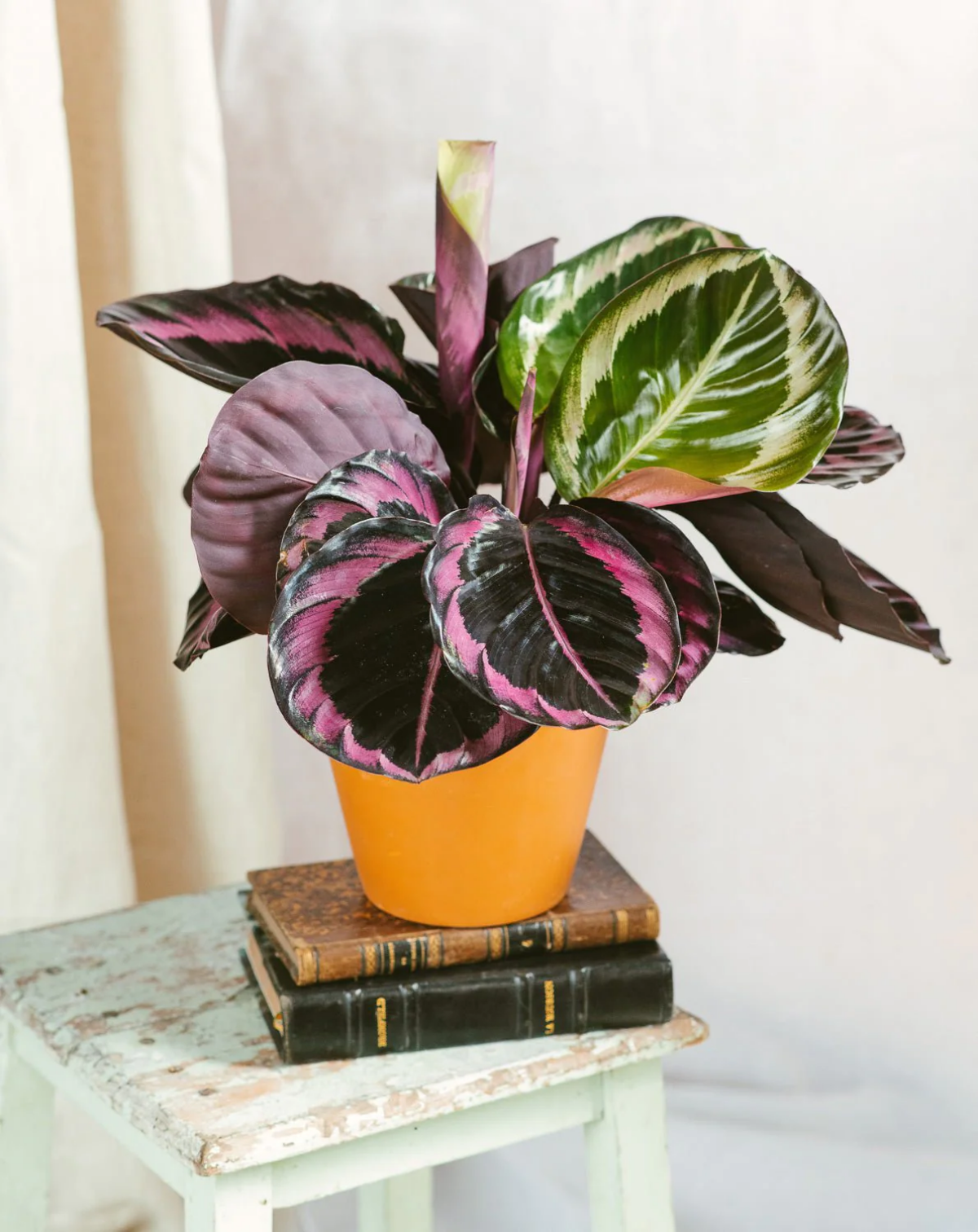
Before You Buy: Which Pink Plant is Right for You?
Okay, let’s get real for a second. Not all pink plants are created equal. To save you some potential heartache, here’s a quick rundown to help you choose the best fit for your home and habits.
If you’re a bit of a forgetful waterer or new to this whole thing, a Hoya ‘Krimson Queen’ is a fantastic starting point. It’s pretty forgiving and would rather be too dry than too wet.
Got a super bright spot and you’re not afraid to do a little snipping? The Pink Princess Philodendron could be for you. It’s a true showstopper, but it demands that prime-real-estate light to keep its variegation.
If you live somewhere naturally humid or you’re ready to commit to a humidifier, a Calathea offers some of the most intricate, painted-looking leaves you’ll ever see. But be warned, they are famously fussy about water and humidity—not for the faint of heart!
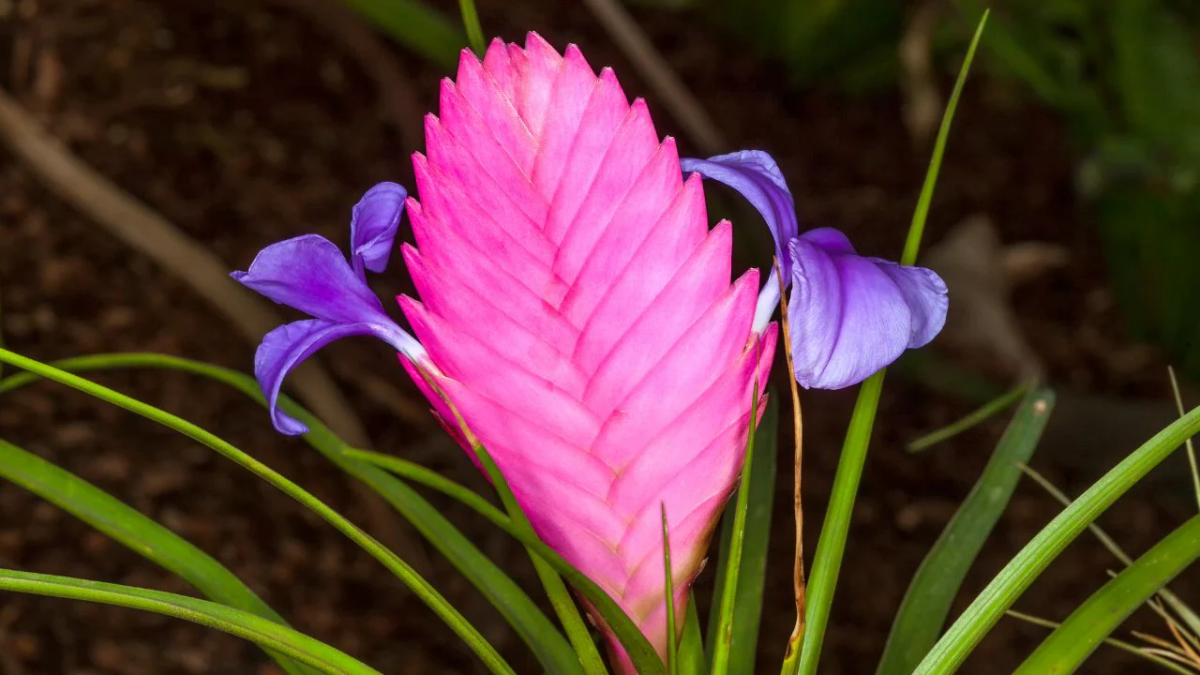
For those who love the look of lush, full plants but struggle with leggy growth, a Fittonia (Nerve Plant) is a great choice. It needs consistent moisture and loves a good trim to stay bushy. Oh, and it’s perfect for terrariums!
Finally, if you’re a very precise waterer and have good airflow in your home, the stunning patterns of a Rex Begonia might be calling your name. Just remember its golden rule: never get the leaves wet.
A Grower’s Guide to Popular Pink Plants
Alright, let’s dive into the specifics for keeping these beauties happy. I’ll share what’s worked for me and how to tackle the common problems that pop up.
1. Pink Princess Philodendron
This is the ‘it girl’ of the plant world, and for good reason. The hot pink splashes on dark green leaves are just incredible. But she is famously fickle. Expect to pay anywhere from $25 for a small cutting to over $100 for a mature, highly variegated plant.
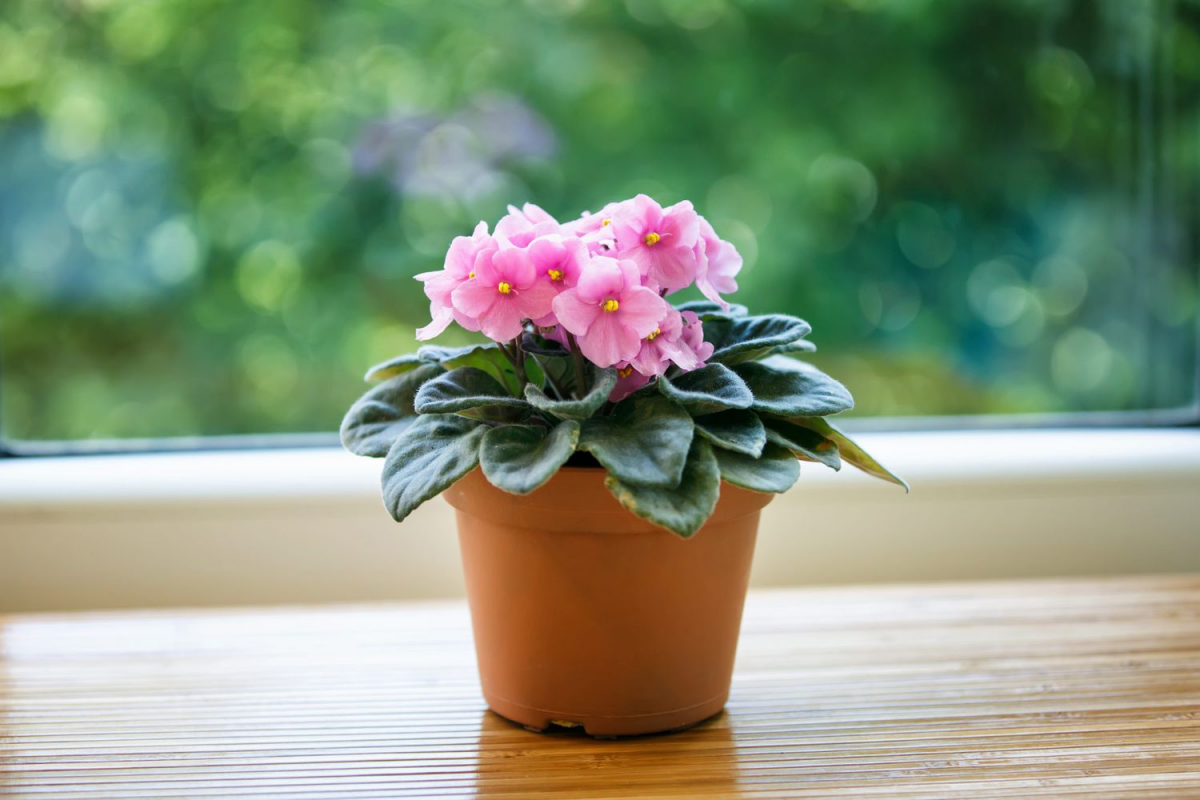
Light: This is everything. They need very bright, indirect light. What does that actually mean in a normal house? It’s the kind of light you’d find a few feet back from an east-facing window, or near a west-facing window that’s covered by a sheer curtain. If you can sit in that spot and comfortably read a book at midday without needing a lamp, you’re in the right zone. Not enough light and you’ll get small, all-green leaves. Too much direct sun and those beautiful pink patches will scorch to a crispy brown.
Watering: Water it well, then leave it alone. I wait until the top 2-3 inches of soil are fully dry (I use the finger test). Let water run all the way through the drainage holes, then dump out any excess from the saucer. Letting it sit in water is the fastest ticket to root rot.
Pruning for More Pink: This is the pro tip that feels scary but works. If your plant starts putting out a vine with only green leaves, you need to be brave. Here’s how: 1) Find the sad, all-green vine. 2) Follow it back to the last leaf that had some good, strong pink on it. 3) With your clean pruners, snip the vine about an inch above that nice, variegated leaf. This forces the plant to push out a new growth point from a more variegated section. It really works!
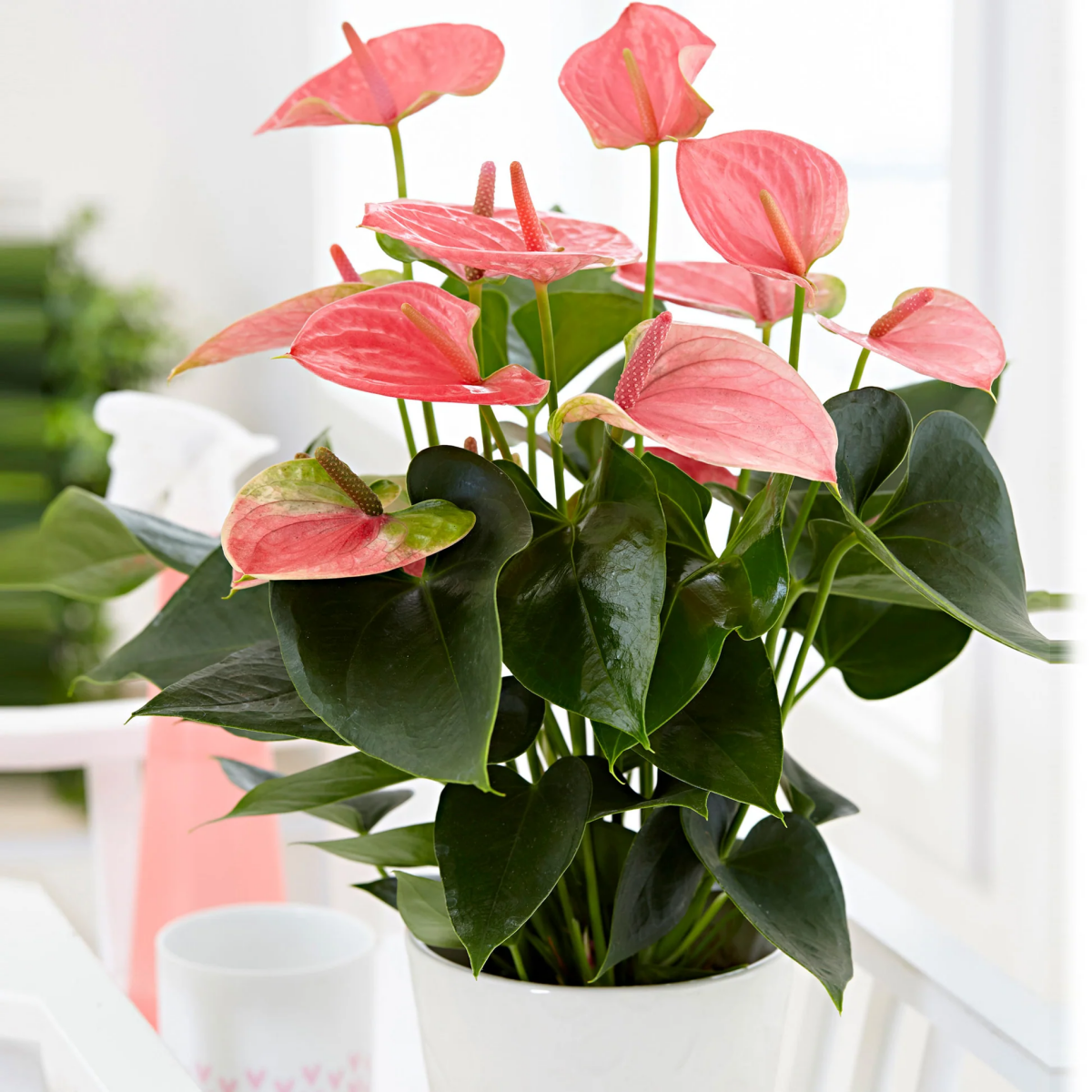
Heads up! All Philodendrons are toxic if eaten by pets or people, so keep them out of reach of curious mouths.
2. Calathea (The ‘Prayer Plant’ Family)
Often called ‘drama queens,’ Calatheas earn their reputation. Their foliage is a work of art, but they’ll make you work for it.
Humidity: This is a must. They crave humidity of 60% or higher, while most homes are stuck around 30-40%. A small humidifier is, hands down, the best $30-$50 you can spend to keep a Calathea happy. A quick fix? Move it to your bathroom! The steam from your showers is a free humidity boost it will adore.
Watering: They want to be consistently moist, but never soggy. I water when just the top inch of soil is dry. They are also incredibly sensitive to the minerals in tap water, which can cause brown, crispy leaf edges. Using distilled, filtered, or even rainwater is best. Pro-tip: Keep a gallon jug of tap water on your counter. After you water your plants, refill it immediately. This lets the chlorine evaporate and brings the water to room temperature, which prevents shocking their sensitive roots.
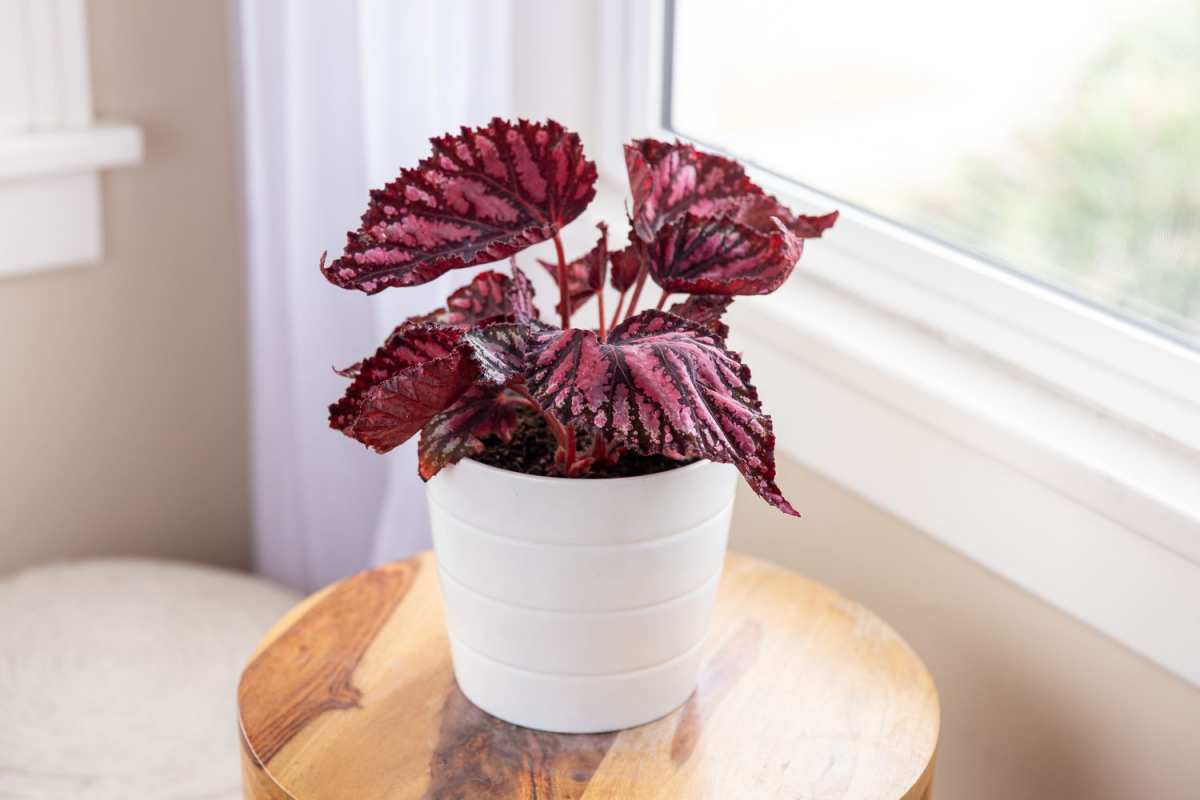
3. Hoya ‘Krimson Queen’
Hoyas are just wonderful. The ‘Krimson Queen’ has these creamy white and pink edges, and new leaves often emerge in a stunning deep pink. As a bonus, they produce beautiful, fragrant flowers.
Light & Water: People usually kill Hoyas by overwatering them. Remember, they are semi-succulent and grow on trees in the wild. They need that chunky soil mix and must be allowed to dry out completely between waterings. Give them bright, indirect light to keep the colors strong and encourage blooming.
Potting: Hoyas love being snug in their pots. They often won’t bloom until they’re root-bound, so don’t be in a hurry to repot. I only move mine up a size every 2-3 years. Once it flowers, never cut off the little stem it bloomed from (called a peduncle). It will rebloom from that same spot again and again!
4. Rex Begonia (Painted-Leaf Begonia)
Rex Begonias are all about the foliage. The patterns and metallic pinks, silvers, and reds are mind-blowing. Their biggest enemy? Powdery mildew.
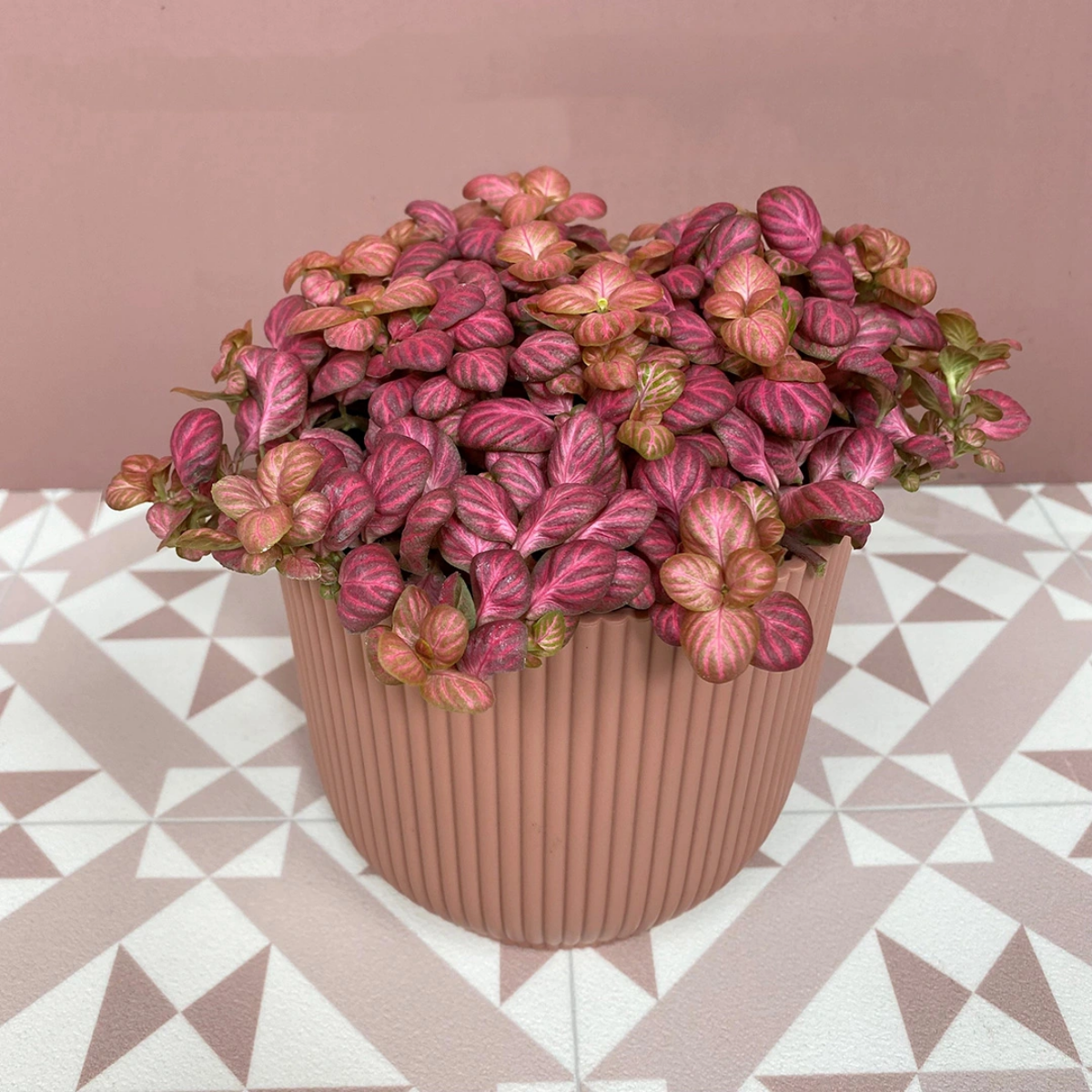
Watering: This is critical. Water the soil, not the plant. Use that narrow-spout watering can and be careful to avoid splashing the leaves. They have a thick, fleshy stem (a rhizome) at the soil line that will rot in a heartbeat if it stays wet. Let the top inch or two of soil dry out before watering again.
Airflow: Good air circulation is the best defense against mildew. Don’t cram your Begonia into a tight space with other plants. A small, oscillating fan in the room can make a huge difference.
5. Fittonia (Nerve Plant)
These little guys are famous for being drama queens in a different way. If a Fittonia gets even a little too dry, it will ‘faint’—the whole plant just collapses dramatically. New owners often panic and toss it, but don’t! A thorough watering will usually have it perked back up and looking perfect within an hour.
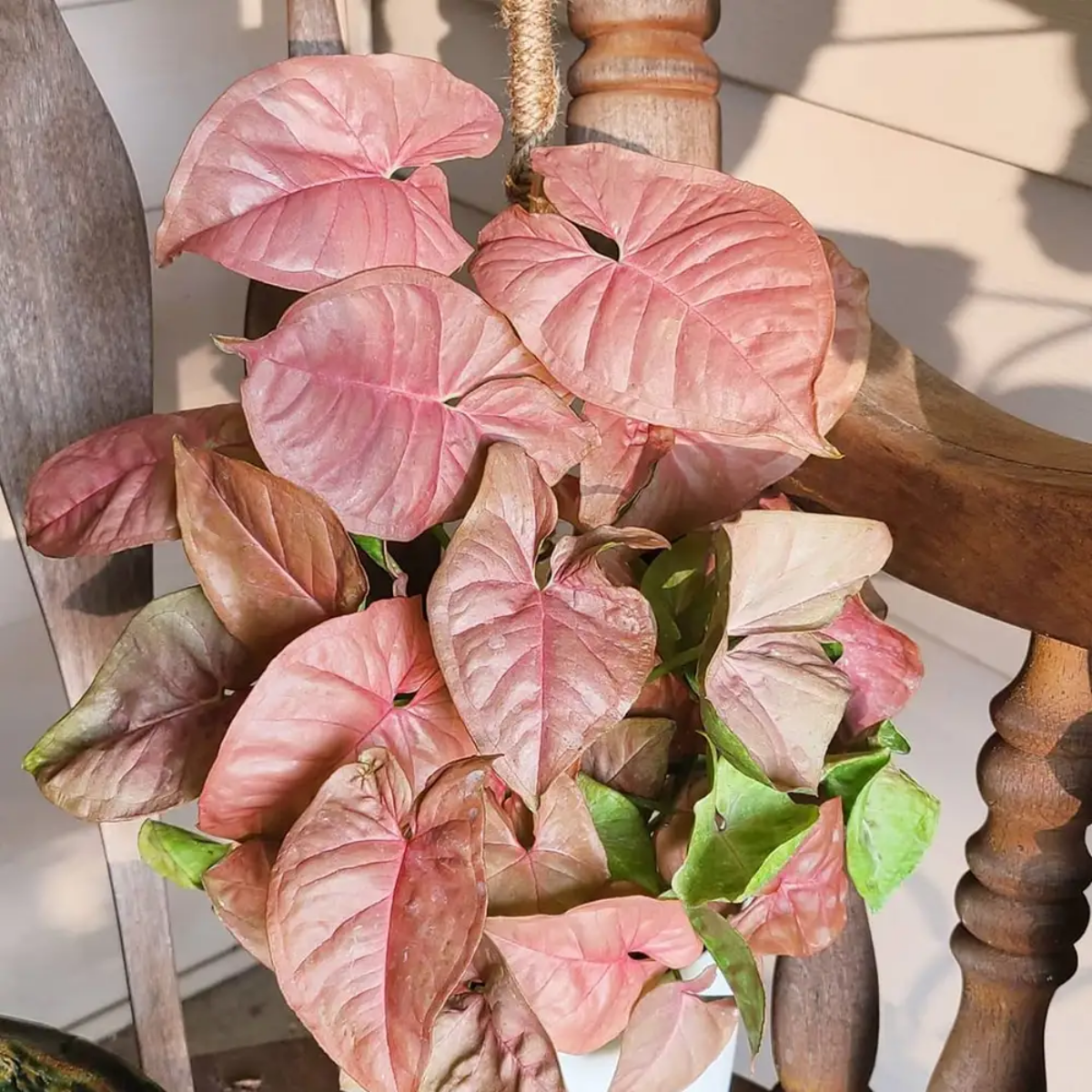
Ideal Home: Because they love high humidity and don’t need a ton of light, they are the absolute best candidates for a closed terrarium. In a jar or orb, they pretty much take care of themselves.
Don’t Forget to Feed Them!
One thing people often forget is fertilizer. Producing all that beautiful color takes a lot of energy! During the growing season (spring and summer), I feed my pink plants every 2-4 weeks. A standard, balanced liquid houseplant fertilizer—something like a 10-10-10 or 20-20-20—is perfect. The key is to dilute it to half the strength recommended on the bottle. It’s always better to under-feed than to over-feed and burn the roots. In the fall and winter, you can back off and let them rest.
Pest Control Without the Panic
Even in the cleanest house, pests can happen. The trick is to catch them early.
My simple plan is this: quarantine, inspect, and treat. Any new plant stays in a separate room for at least four weeks so I can watch it for freeloaders. Then, every time I water, I take 30 extra seconds to check under leaves and in little crevices. If I see a few pests, a cotton swab dipped in rubbing alcohol takes care of them instantly. For a bigger issue, my go-to is a neem oil spray. A small bottle of concentrate costs about $15 and will last for years—way cheaper than buying pre-mixed bottles. Just mix it up according to the directions and spray the plant down in the evening to avoid leaf burn.

And here’s a hard truth: sometimes, you have to know when to give up. I’ve had to throw out heavily infested plants to protect the rest of my collection. It stings, but it’s a practical choice every serious grower has to make eventually.
Final Thoughts
Bringing pink plants into your home is so rewarding. Yes, they challenge you to be a more observant gardener, but don’t let that intimidate you. Every crispy leaf or faded color isn’t a sign of failure; it’s just your plant communicating with you. Your job is simply to learn its language.
Start with one. Learn its rhythms. The feeling you get when a brand new, vibrant pink leaf unfurls because you gave it exactly what it needed is just incredible. It’s a partnership, and with a little patience and the right know-how, you can have a home full of stunning, colorful life.
Galerie d’inspiration
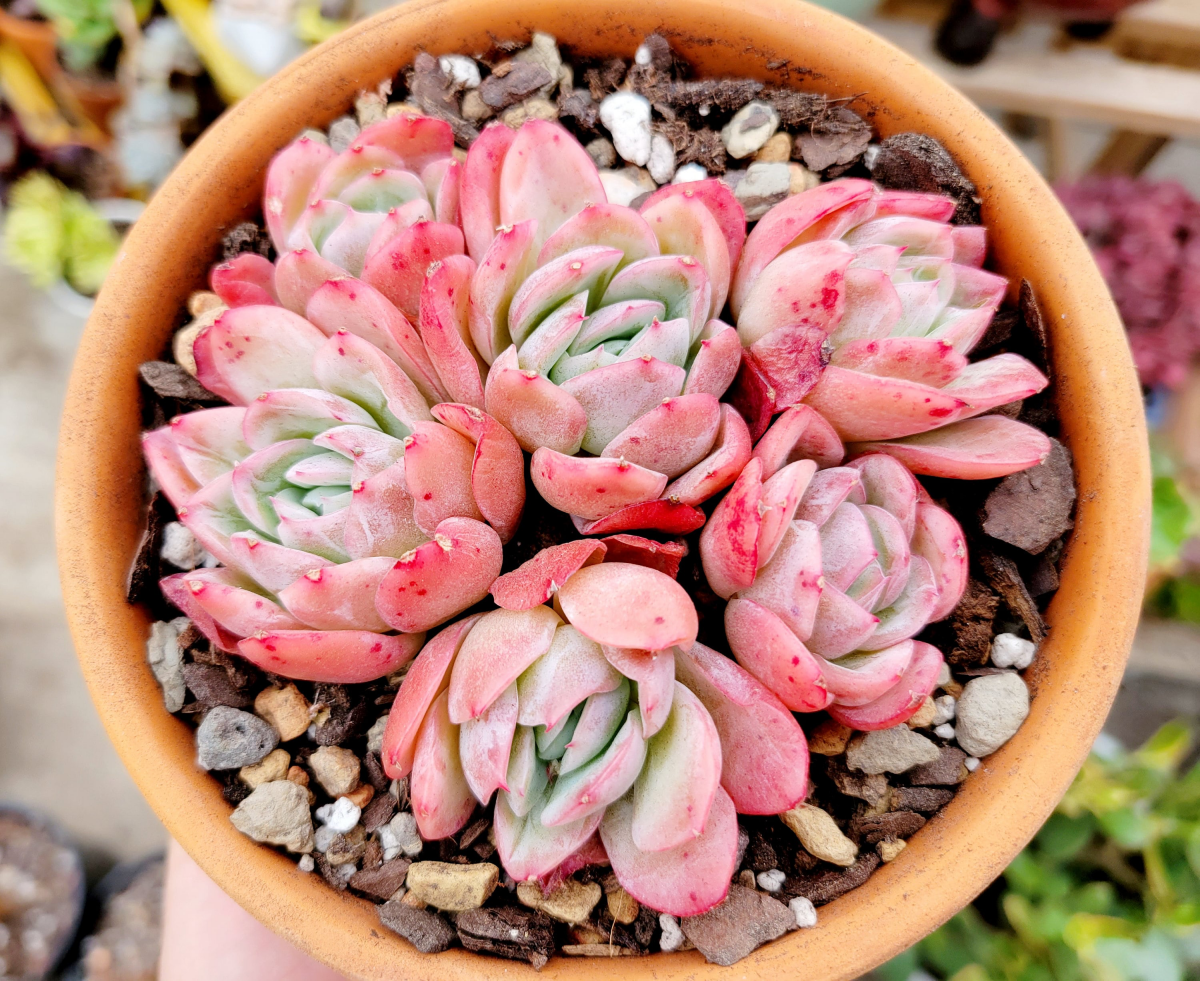
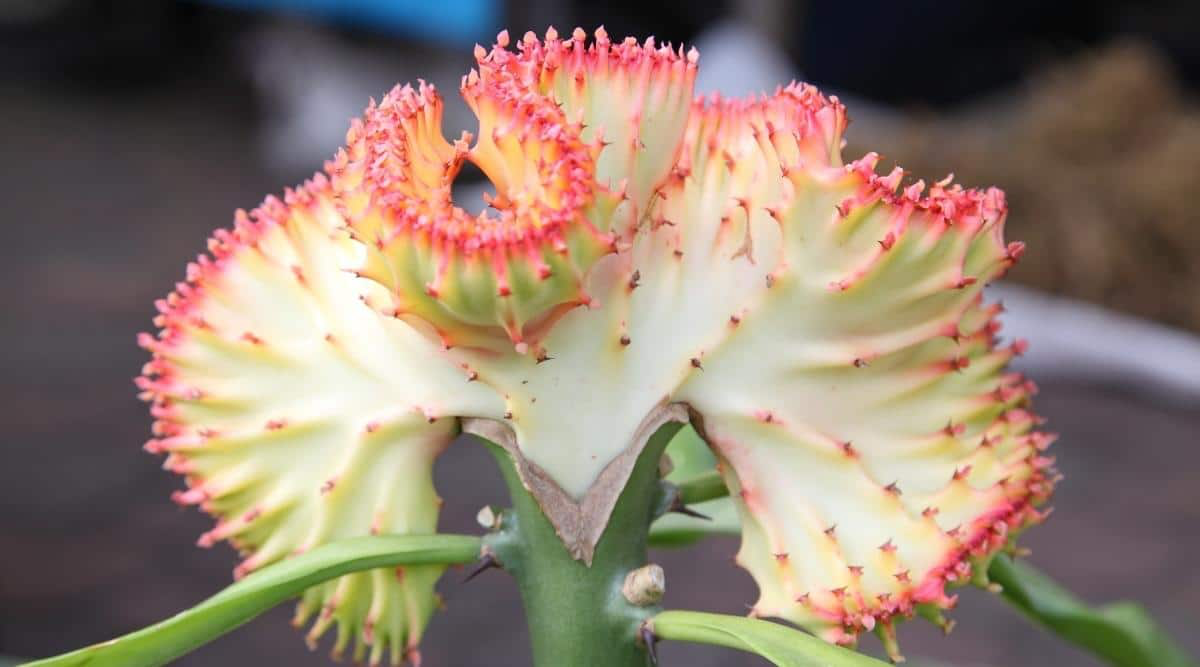
Wondering why your pink plant has crispy brown edges?
This is a classic cry for help, and it’s rarely about the light. The culprit is almost always low humidity or the wrong kind of water. Many pink-leaved beauties like Calatheas or Fittonias come from tropical rainforests and despise dry air. Try grouping them with other plants or placing them on a pebble tray with water. Also, consider switching to distilled or rainwater, as the salts and minerals in tap water can build up and burn the delicate leaf tips.
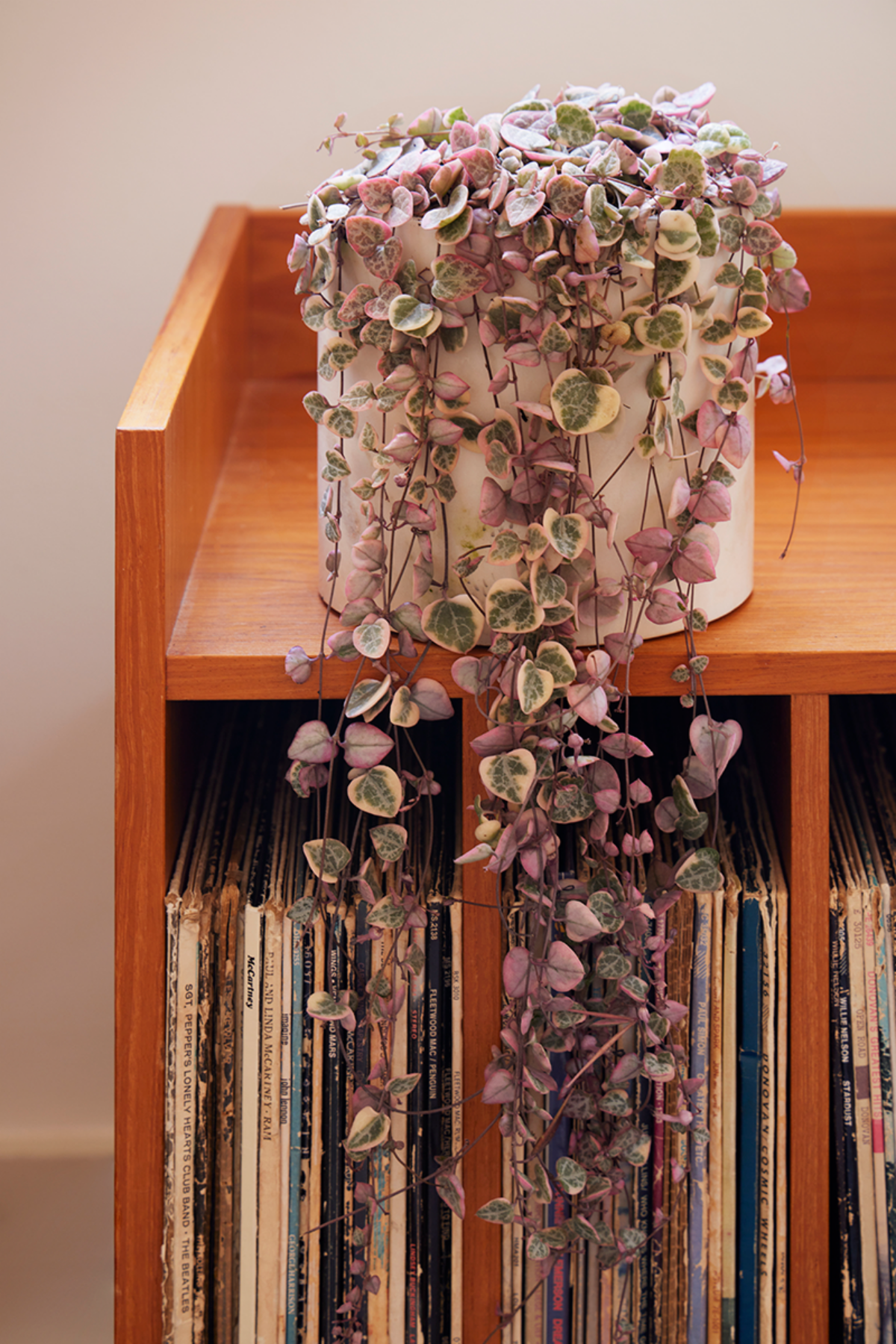
More than 60% of common pink houseplants, like the popular Aglaonema ‘Pink Dalmatian’, are native to humid, subtropical regions of Asia.
What does this mean for your living room? It means humidity is just as important as light for maintaining that lush, vibrant color. Dry air can stress the plant, causing it to conserve resources and reduce the brilliant pink pigmentation. A small, affordable humidifier set near your prized plants can be the difference between a faded leaf and a spectacular one.
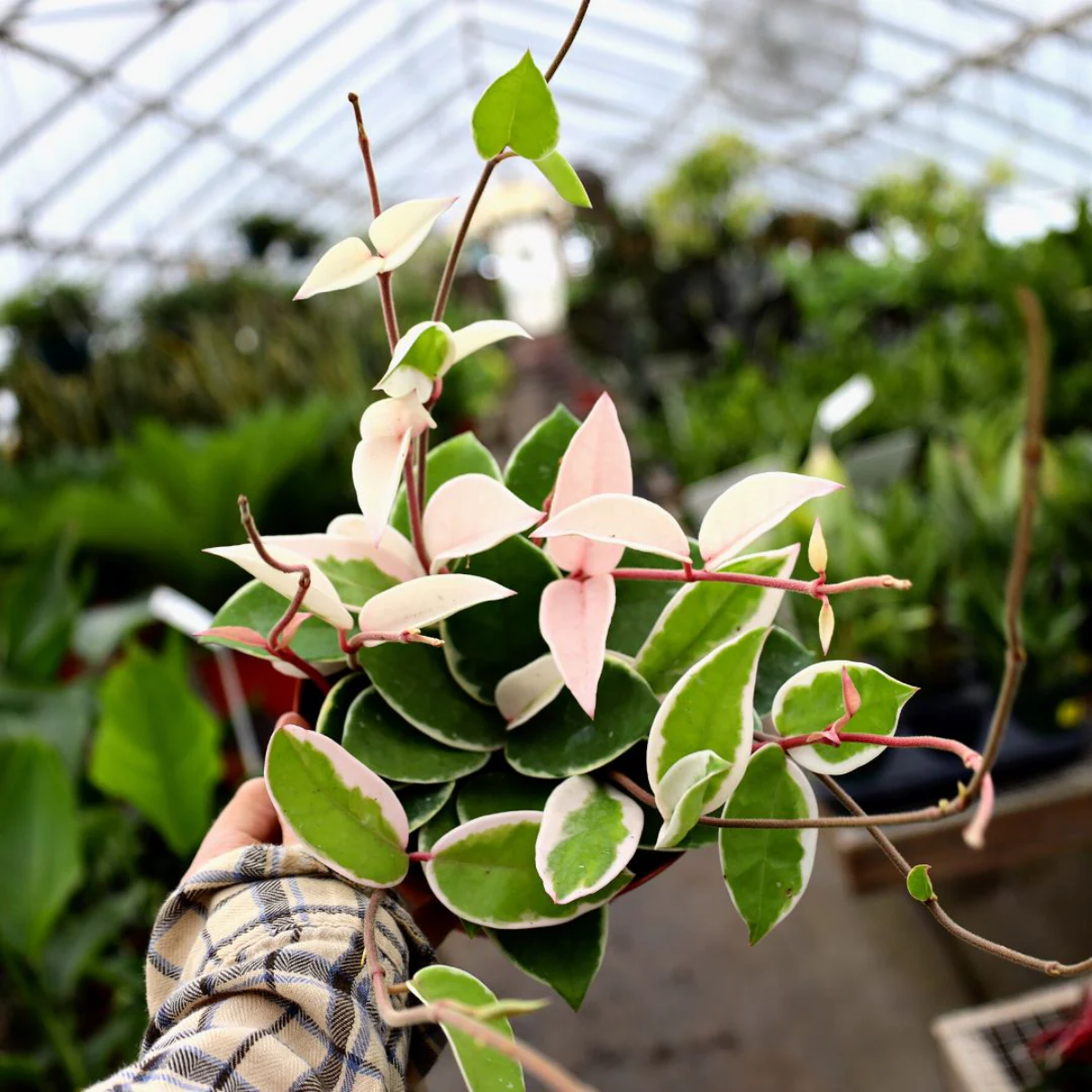
The secret to boosting pink hues: a well-draining, airy soil mix. Pink plants often suffer from root rot in dense, wet soil, which cuts off the nutrients needed for color production. Create your own premium mix!
- Start with a quality indoor potting soil (like Espoma’s organic mix).
- Add a generous handful of perlite for aeration.
- Mix in some orchid bark to improve drainage and mimic their natural environment.
This simple recipe helps the roots breathe, preventing rot and ensuring your plant has the foundation to stay beautifully pink.
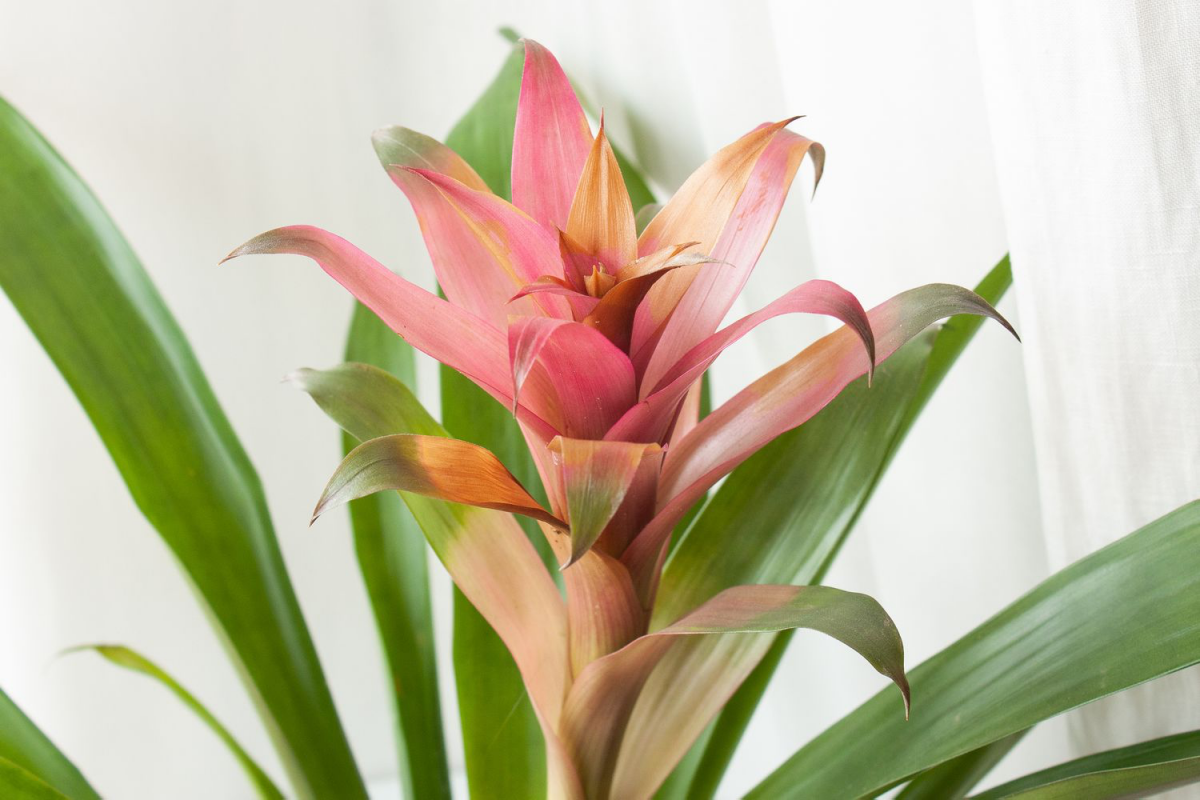
- They enhance the flow of oxygen to the roots.
- They prevent soil compaction and waterlogging.
- They create a perfect balance of moisture retention and drainage.
The key? Terracotta pots. Their porous nature allows moisture and air to pass through the sides of the pot. This natural regulation is a game-changer for pink plants prone to root rot, such as the Hoya Krimson Queen or a String of Hearts, ensuring their roots are healthy enough to support that stunning foliage.
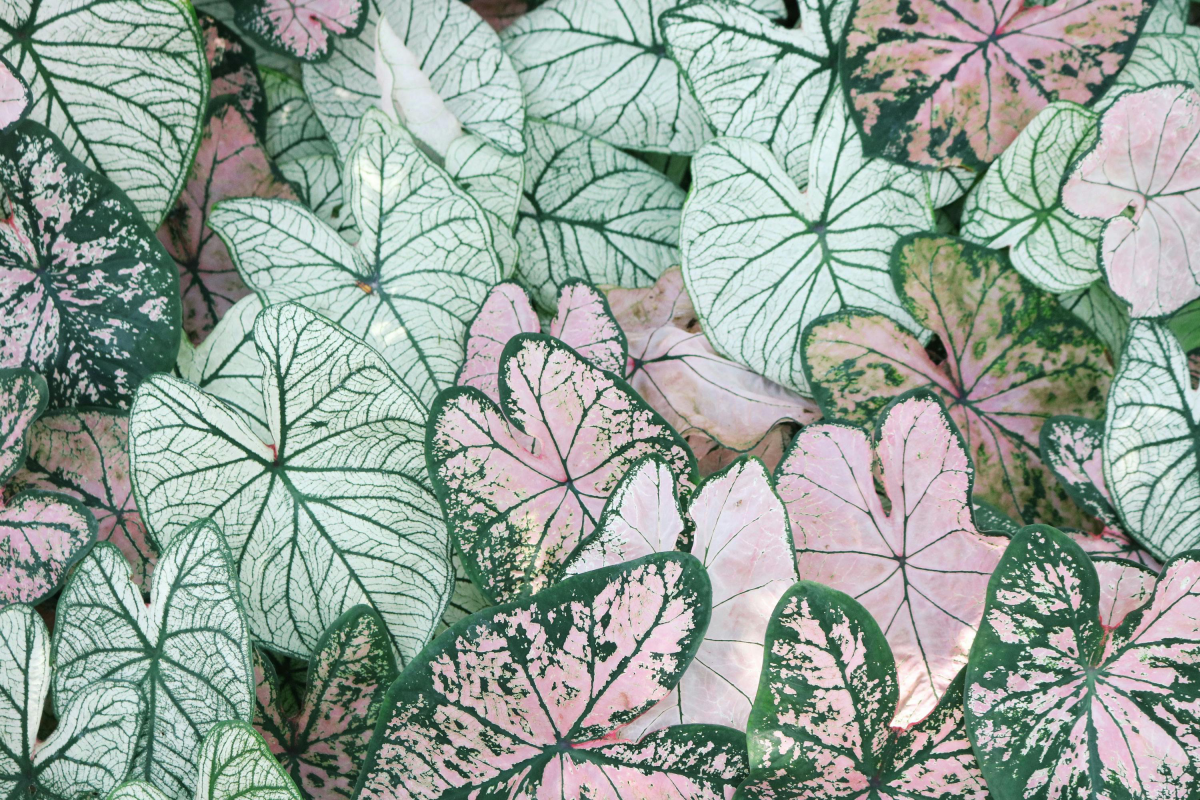
Syngonium ‘Neon Robusta’: A fast-growing, vining plant with arrow-shaped leaves. Its dusty rose color is robust and it’s quite forgiving, tolerating slightly lower light conditions (though it will be pinker in brighter, indirect light).
Philodendron ‘Pink Princess’: The diva of the pink plant world. It offers stunning splashes of bright, hot pink variegation on dark green leaves. It requires very bright, indirect light to produce pink and can be slow-growing and expensive.
For beginners, the Syngonium is a reliable and beautiful entry point, while the Pink Princess is a stunning collector’s item for those ready for a challenge.
Don’t be afraid to give your pink succulents, like the Anacampseros rufescens, a little ‘sun stress.’ While harsh, direct sun will scorch them, exposing them to several hours of bright, direct morning sun will encourage the plant to produce more of the protective anthocyanin pigments, intensifying their pink and purple shades dramatically.






